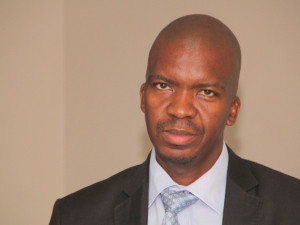
Sentech's R1.4 billion project to convert the country's television transmission network to digital will be wrapped up in just more than a year.
So far, the signals provider has rolled out DVB-T2 coverage across all of Gauteng and the Free State, says head of networking engineering, Tebogo Leshope. SA is migrating to digital TV using the European DVB-T2 standard, after initially deciding to use its forerunner, DVB-T.
DVB-T2 is twice as efficient as DVB-T and can hold as many as 20 channels, says Leshope. SA's January 2011 decision to use T2 meant that Sentech had to upgrade the network that had already been converted.
SA had aimed to turn on digital TV at the end of last year, after missing a previous launch date. However, this date was pushed out after a court bid by etv to overturn communications minister Dina Pule's May decision to have Sentech handle set-top box controls.
The controls, or conditional access, will stop subsidised boxes from being stolen and will also prevent grey imports from coming into SA. Etv won the bid, and the issue of controls will now be determined by the free-to-air broadcasters.
Leshope, speaking at the Digital TV Summit, says Sentech will be ready for the commercial launch and has almost completed its network architecture for the digital signal. Sentech has also secured another satellite, which gives it redundancy when delivering content to its 240 sites across SA, he says.
Currently, around 70% of SA has been covered, and 88% will be done by the end of next March, with gaps filled in via satellite direct-to-the-home, says Leshope. Sentech has been covering SA on a province-by-province basis, he adds.
So far, 83% of Limpopo has been covered, and the rest will be finished by the end of July, says Leshope. Mpumalanga, 75% complete, will be covered by September, followed by the North West in November, and Western and Eastern Cape in December, he says.
KwaZulu-Natal, where a few sites have been problematic, will reach 100% coverage by next March, from the current 93%. The Northern Cape, where the pilot project was launched last October, will also be complete by the end of next March, he adds.
Share